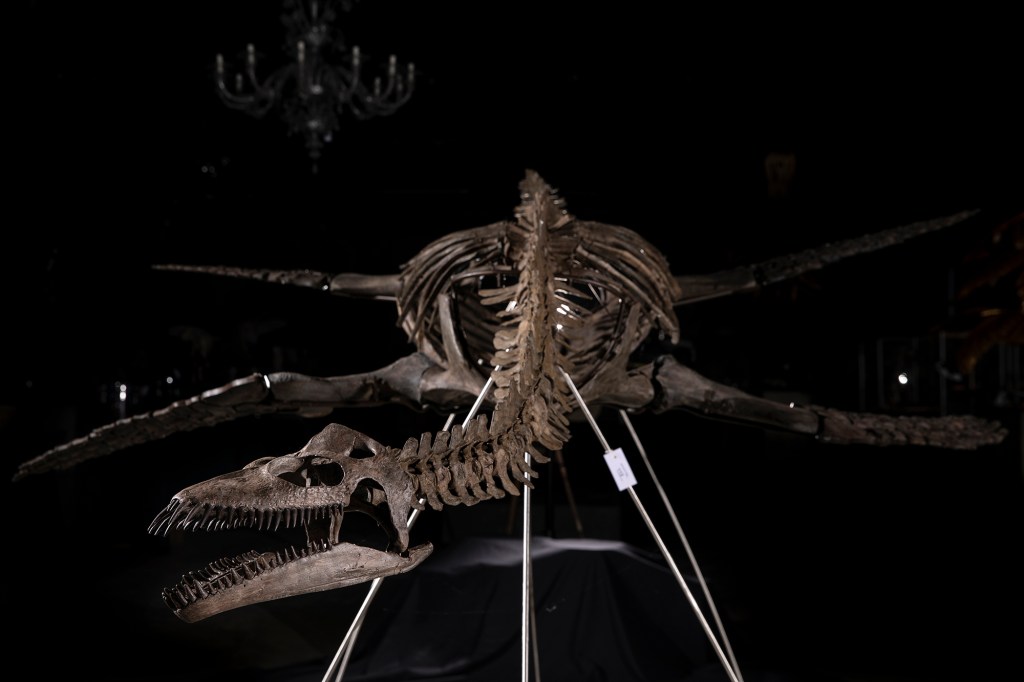The mythical Loch Ness monster may, in fact, be real.
According to a new joint study, released Wednesday by the University of Bath and University of Portsmouth in the UK and Université Hassan II in Morocco, fossils of plesiosaurs were found in the Morocco portion of the Sahara Desert, reported Newsweek.
The study — published in Cretaceous Research — suggests that 100 million years ago, the desert was once a body of freshwater where hundreds of carnivores lived together.
Several fossils including teeth from adult plesiosaurs that measured 9 feet in length and baby plesiosaurs — measuring 5 feet long — were found at the dig site.
“It’s scrappy stuff, but isolated bones actually tell us a lot about ancient ecosystems and animals in them,” said Dr. Nick Longrich, one of the co-authors of the study.
“They’re so much more common than skeletons — they give you more information to work with,” he explained. “The bones and teeth were found scattered and in different localities, not as a skeleton. So each bone and each tooth is a different animal.”
The Loch Ness monster — dubbed “Nessie” — is a mythical creature that is said to have resided in Scotland’s Highlands and has become the subject of numerous tales and hoaxes.

Inspiration for the monster is said to have come after the discovery of plesiosaur fossils in 1823 — for a creature that, until recently, was suspected to dwell only in bodies of saltwater.
“It’s a bit controversial, but who’s to say that because we paleontologists have always called them ‘marine reptiles,’ they had to live in the sea? Lots of marine lineages invaded freshwater,” says Dr. Longrich.
Scientists also have not ruled out that Nessie-like creatures weren’t permanent freshwater residents, either.

Other plesiosaur fossils have been found all over the world including in England, Africa, Australia, North America and China.
Unfortunately for all the Nessie-enthusiast, scientific records indicate the long-necked beast died out completely around 66 million years ago.
“What amazes me is that the ancient Moroccan river contained so many carnivores all living alongside each other,” said co-author Dave Martill.
“This was no place to go for a swim.”








